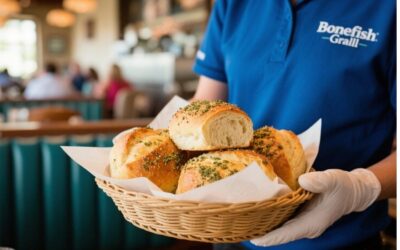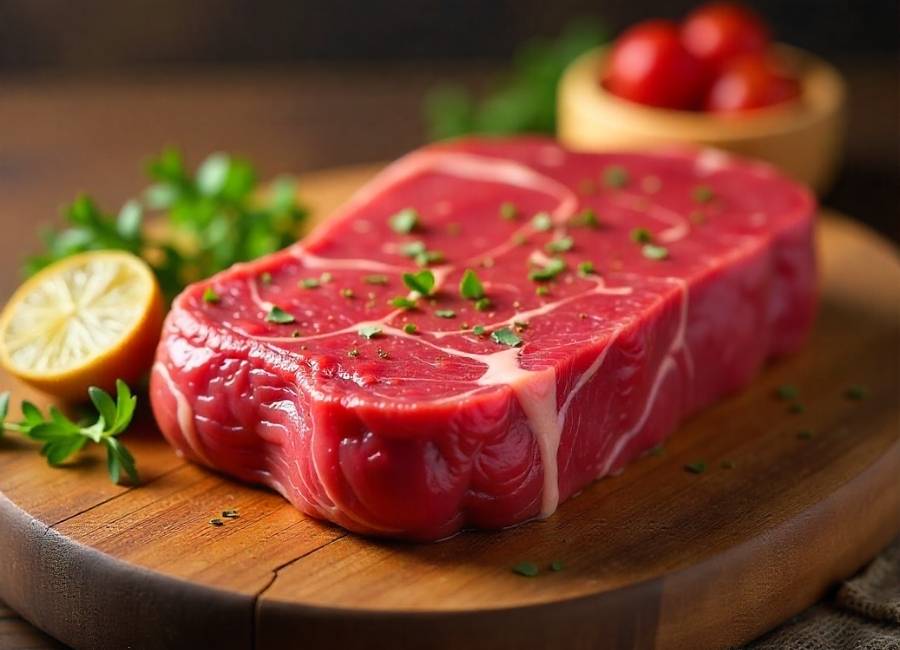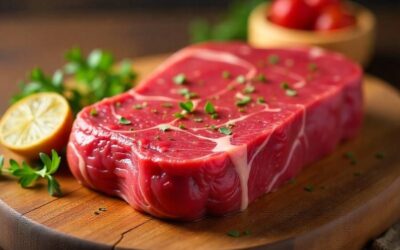Walk into any Bonefish Grill location, and before you even glance at the menu, a server appears with a basket of warm, herb-crusted bread that’s become legendary among seafood restaurant enthusiasts. This complimentary starter has earned such a devoted following that guests frequently ask for the recipe, attempt recreations at home, and even visit the restaurant specifically for the bread experience.
What makes this particular bread so memorable? The answer lies in a carefully crafted combination of fresh herbs, quality ingredients, and precise preparation techniques that transform a simple bread basket into an unforgettable dining experience. For home cooks and bread enthusiasts, understanding the elements that make Bonefish bread special can inspire your kitchen creations.
What Makes Bonefish Bread Special
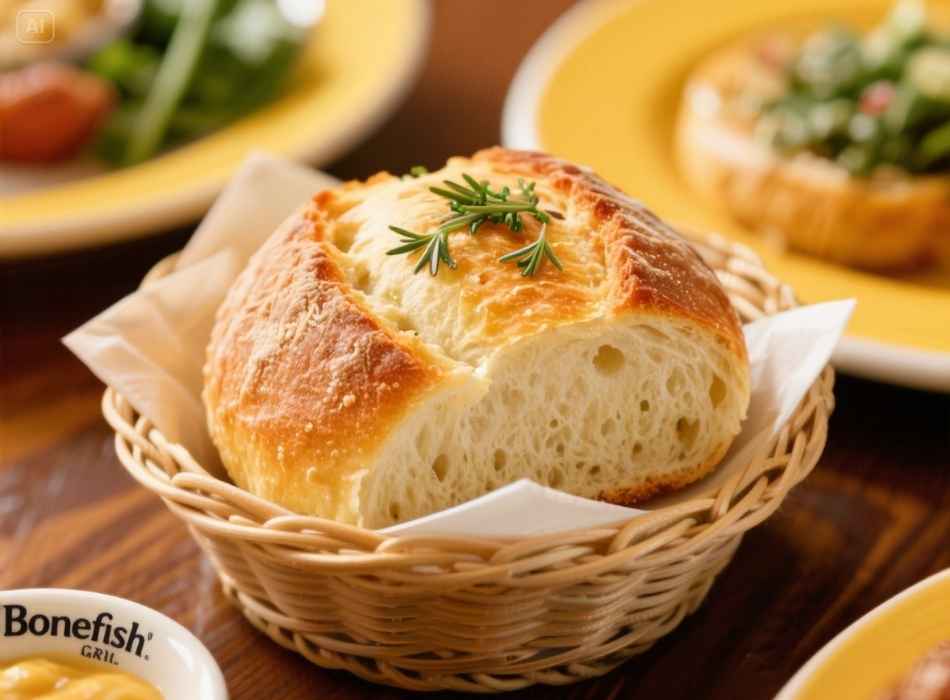
Bonefish Grill’s signature bread stands out from typical restaurant bread baskets through several distinctive characteristics. The bread itself features a crusty exterior with a soft, airy interior that provides the perfect contrast of textures. However, the real magic happens with the herb topping.
The restaurant uses a proprietary blend of fresh herbs and seasonings that creates an aromatic crust. This mixture typically includes fresh basil, oregano, garlic, and Parmesan cheese, though the exact proportions remain a closely guarded secret. The herbs are finely minced and combined with olive oil to create a paste-like consistency that adheres beautifully to the bread’s surface.
Temperature plays a crucial role in the bread’s appeal. Servers deliver the bread while it’s still warm from the oven, ensuring the herb oils are fragrant and the cheese is slightly melted. This timing transforms the bread from a simple side item into an engaging sensory experience that sets the tone for the entire meal.
The Restaurant’s Bread Philosophy

Bonefish Grill’s approach to its complimentary bread reflects its broader culinary philosophy of providing memorable experiences through attention to detail. The chain understands that first impressions matter significantly in casual dining, and its bread service creates an immediate positive association with the brand.
The bread serves multiple purposes beyond simple sustenance. It keeps guests occupied while they review the menu and make decisions, reducing perceived wait times. The generous portion and high quality also demonstrate the restaurant’s commitment to value, suggesting that if they invest this much care in complimentary items, the paid menu items must be exceptional.
Restaurant industry experts recognise that memorable bread programs can significantly impact customer satisfaction and repeat business. Bonefish Grill’s bread has achieved this level of impact, with many online reviews specifically mentioning the bread as a highlight of the dining experience.
Recreating Bonefish Bread at Home
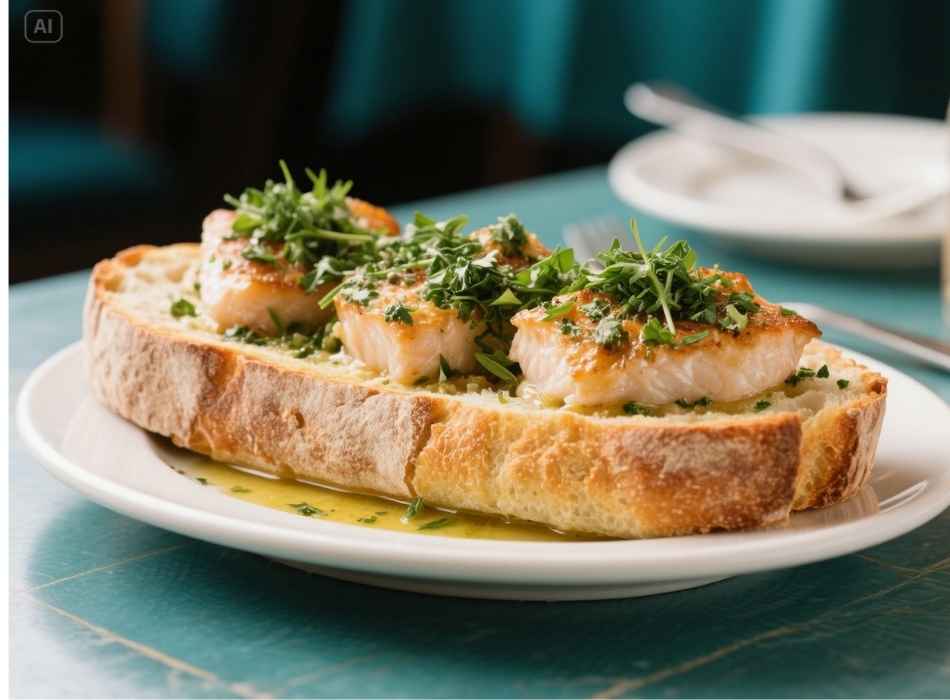
While the exact recipe remains proprietary, home cooks can create similar results by understanding the key components and techniques involved. The foundation starts with selecting the right bread base, typically a rustic Italian or French bread with a sturdy crust that can support the herb topping without becoming soggy.
Essential Ingredients
The herb mixture requires fresh ingredients for optimal flavour. Dried herbs simply cannot replicate the bright, vibrant taste that makes the original so appealing. Fresh basil and oregano form the foundation, while fresh garlic provides pungency and depth. High-quality Parmesan cheese adds umami richness and helps create the characteristic golden-brown finish.
Extra virgin olive oil binds the mixture and helps the herbs adhere to the bread surface. Some home cooks add a pinch of red pepper flakes for subtle heat, though this may not be part of the original recipe. Salt and freshly ground black pepper enhance all the other flavours without overwhelming the delicate herb balance.
Preparation Techniques
Success depends heavily on proper preparation, timing, and technique. The herb mixture should be prepared just before use to maintain maximum freshness and prevent the herbs from oxidising and turning dark. Finely mincing all ingredients ensures even distribution and prevents large pieces from burning during the heating process.
The bread should be sliced without cutting entirely through the bottom crust, creating connected slices that hold the loaf together while allowing the herb mixture to penetrate between slices. This technique, sometimes called “hasselback” style, maximises surface area for the herb coating while maintaining the bread’s structural integrity.
Apply the herb mixture generously, working it into the cuts and spreading it across the top surface. Wrap the prepared bread in aluminium foil and heat in a preheated oven until warmed through, then unwrap for the final few minutes to achieve the characteristic golden-brown finish.
Tips for Perfect Results
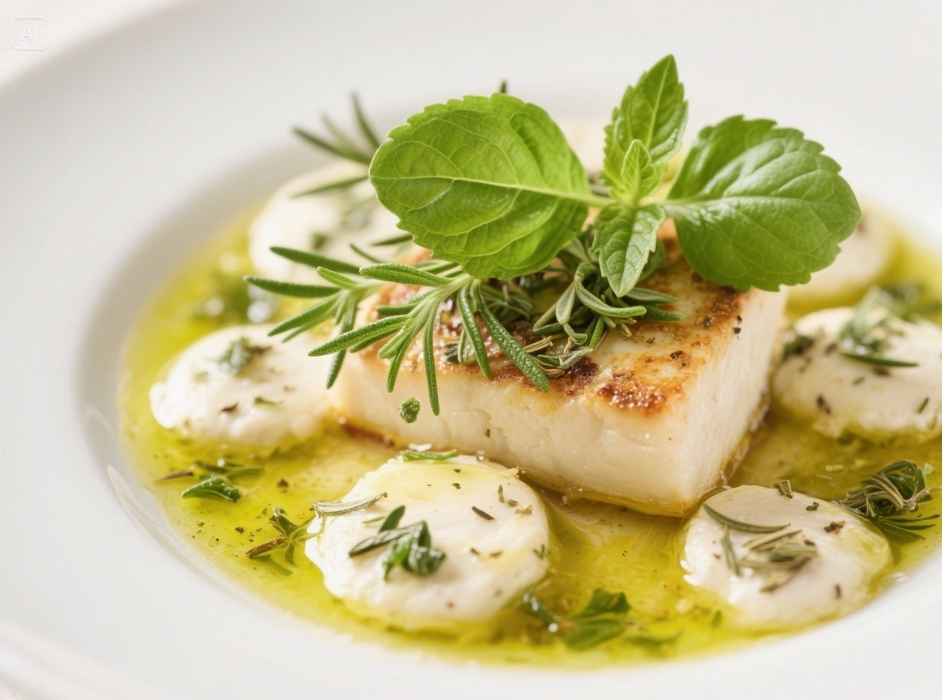
Achieving restaurant-quality results at home requires attention to several key details. First, never substitute dried herbs for fresh ones in this application. The moisture content and volatile oils in fresh herbs are essential for creating the proper flavour profile and appearance.
Temperature control matters significantly. The oven should be hot enough to warm the bread thoroughly and activate the herb oils, but not so hot that the garlic burns or the herbs become bitter. Most home cooks find success at temperatures between 375°F and 400°F.
Timing the service is equally important. Like the restaurant version, homemade herb bread should be served immediately while still warm. The aromatic oils are most potent when heated, and the textural contrast between the crispy exterior and soft interior is most pronounced when fresh from the oven.
Consider the bread’s role in your overall meal planning. This rich, flavorful bread works best as a complement to lighter dishes rather than competing with heavily seasoned main courses. It pairs particularly well with seafood, salads, and pasta dishes with delicate sauces.
Beyond the Basic Recipe
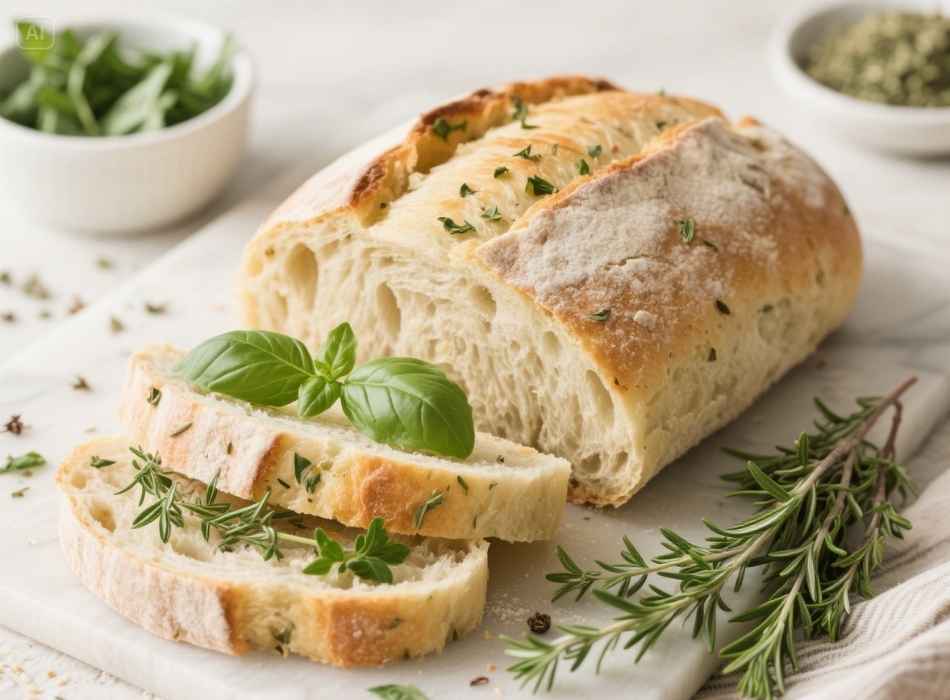
Once you’ve mastered the fundamental technique, numerous variations can keep this bread interesting for regular home preparation. Different herb combinations can reflect seasonal availability or personal preferences. Fresh thyme, rosemary, or parsley can substitute for or complement the traditional basil and oregano base.
Cheese variations offer another avenue for experimentation. While Parmesan provides the classic flavour profile, aged Asiago, Romano, or even a sharp cheddar can create interesting alternatives. Some home cooks combine multiple cheeses for more complex flavour development.
Adding texture elements can enhance the eating experience. Finely chopped toasted pine nuts, sunflower seeds, or even crispy bacon bits can provide a pleasant textural contrast while complementing the herb flavours.
Making It Your Own

The beauty of understanding Bonefish bread’s core elements lies in the opportunity to adapt the concept to your preferences and dietary needs. Gluten-free bread varieties can serve as the base for those with dietary restrictions, though the texture and flavour will differ from the original.
Vegan adaptations can replace the Parmesan cheese with nutritional yeast or cashew-based cheese alternatives. While the flavour profile changes, the basic concept of herb-crusted warm bread remains intact and delicious.
For those who enjoy spicier foods, the herb mixture can accommodate hot sauce, cayenne pepper, or finely minced jalapeños. These additions should be used sparingly to avoid overwhelming the delicate herb balance that makes the original so appealing.
Bringing Restaurant Quality Home
Understanding what makes Bonefish Grill’s bread special empowers home cooks to create memorable dining experiences in their kitchens. The key lies not in complex techniques or exotic ingredients, but in careful attention to quality, timing, and the balance of simple, fresh flavours.
Whether you’re hosting dinner guests or simply elevating a weeknight meal, this style of herb bread can transform an ordinary dining experience into something special. The investment in fresh herbs and quality ingredients pays dividends in flavour and satisfaction that rivals any restaurant experience.
Start with the basic technique, then experiment with variations that reflect your taste preferences. With practice, you’ll develop your signature version that might just become as memorable as the restaurant’s original that inspired it.










